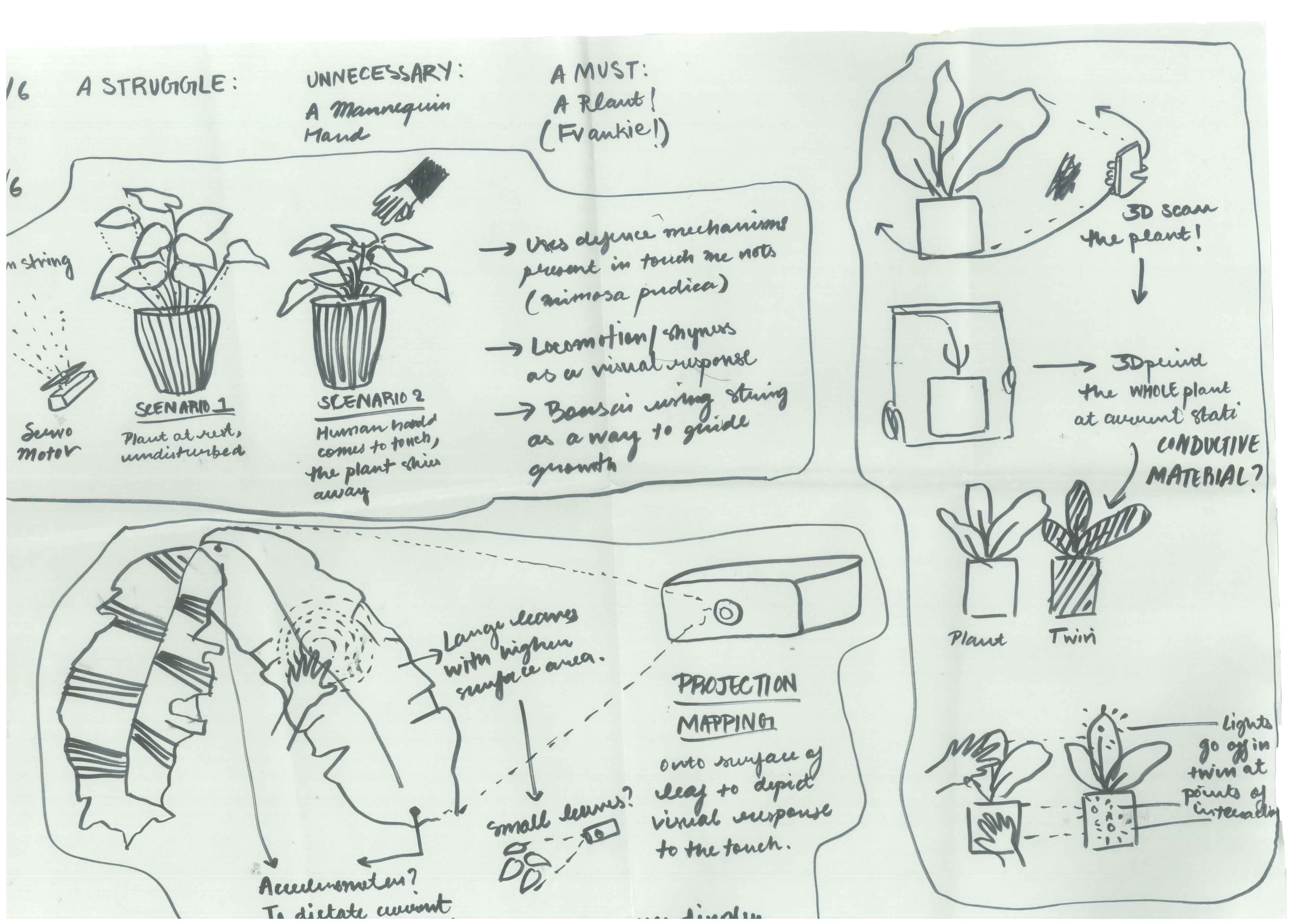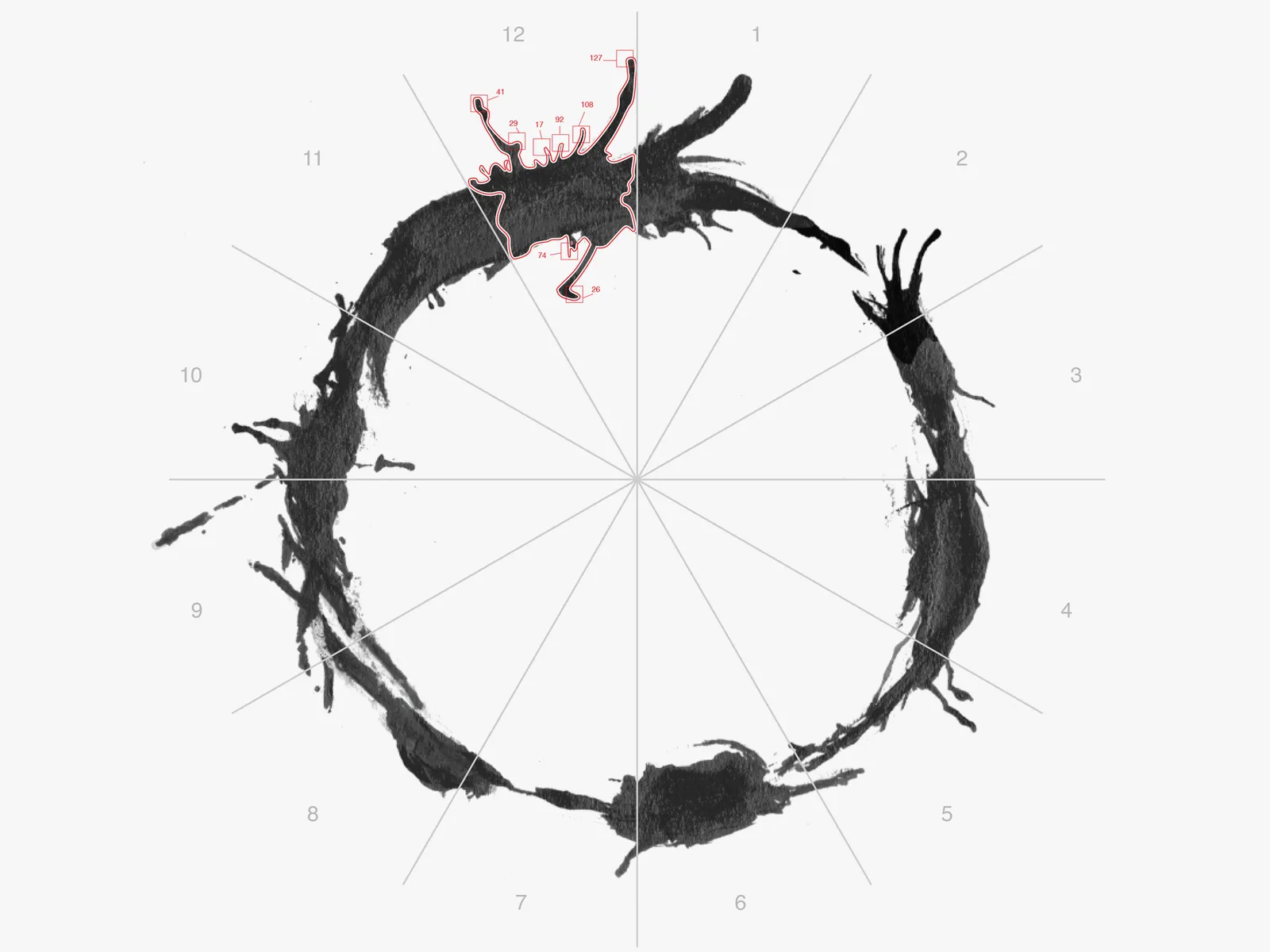A CRISIS OF FAITH!


Okay, so maybe I’m a little bit stuck at the moment. To be honest, I’ve been avoiding working on studio stuff because everytime I open up my laptop with the intent to do so, I find myself lacking a specific purpose or end goal to work towards, so then I lose my mojo. Right now, I have an expanse of potential experiments and opportunities for me to learn more about Living Media Interfaces, but I just cannot see how to organically tie this back to Bengaluru and make it make sense.
While I know for sure I am very keen and interested in working in this sphere of Living Media interfaces, I think I need to take a step back and re-evaluate. I consulted with Andreas today as well and he could tell I was stuck, so suggested that I step back and study my foundational base, build it up more, ask more fundamental questions, so that I can get to the next steps with a more coherent understanding.
(Part of) a conversation with Andreas.
DISCLAIMER: I am totally paraphrasing part of our conversation because I didn’t record it but here’s a summary.
AN: Look into just how we communicate with plants and different ways we do so. How does wind or sunlight change its form? What are the ways we interact with it in our daily lives and how do our interactions with plants exist as is, non-augmented, in today’s world?
ME: I have my apprehensions about conducting these experiments because so much scientific research already exists in place that well establish what I am trying to find.
AN: True, but most of them exist from the perspective of a scientist. What can you infer as a designer, and also, what makes the experience of having it in front of you, all tangible and tactile, more valuable? There is limited research about Living Media Interfaces and working with plants is super hard so it’s worth establishing these bases yourself.
ME: True! But, the problem is, I am an impatient person and the subject matter that I am working with is temporally super slow. So I think that’s why I am concerned about facilitating an immediate actuation from the plant when I interact with it.
AN: The experiments you are conducting about moving away from screen-based responses for plant media might be hard to do in a non-invasive way, and if it's something you are struggling with, put it aside for now, just use a screen and come back to this problem later. I can see that you are impatient, so what might work for you and also other designers is having multiple avenues running at the same time, so you can keep jumping from here to there to here when one pathway starts stalling you.
ME: Makes sense, that’s what I ended up doing somewhat during Week 6 and 7 and I ended up learning a lot while not getting bored.
…
AN: You don’t need to worry if your project ends up being a failure cause you can still submit it to magazines, galleries, etc and find funding to work on it after as well, and many case studies exist currently that weren’t so successful in the end but it’s the discussion it facilitates that counts. You can take up a poetic approach so the actual application of it is flexible.
I think this chat helped me because I was a little bit in denial before this so I guess fixing problems can happen now, better late than never is my motto!
Revisiting Feedback.
Just to try and touch base to where I was last when I felt confident about this project, I listened to my week 7 presentation and the feedback I got from various lecturers. Here's the link, feedback starts at the 11 min mark. (Thanks Nora for recording this for me!)
One thing that popped up to me was Vikas’ comment about really understanding and playing around with what an interface itself could be. Off the top of his head, he mentioned that even a window itself can be a potential interface, since it separates the inside and outside, and interacting with the window provides avenues for feeling/seeing/sensing either. He looked forward to seeing how my understanding and definitions of interfaces could change or manifest along the way.
So in essence, my basic foundation needs some retouching at the moment. This sounds scary and sounds like a lot of wasted time for me, but it will help me establish a better project.
Visualising Communication.

Okay, so I also watched Arrival (2016) with Amy Adams and Jeremy Renner which is all about communication and how the linguistic differences between languages sets a different sphere of reality for each individual.
To very briefly summarise, aliens visit Earth with the intent to gift humanity with their language, which is circular and non-linear in nature, and allows anyone familiar with it to experience an altered timeline. The protagonist is gifted with the ability to understand the alien’s language, and thus starts experiencing visions of her future daughter. Basically, she can now somewhat tell the future is now ‘untethered from time’.

This whole notion of circular and enmeshed timelines comes through really well in their palindromic visual language that consists of rings with watercolour-like splashes, not meant to be read from left to right or up or down but rather as a whole. The non-linear visual language was designed by computer scientists Stephen and Christopher Wolfram. They demonstrated the development process they went through in a livecoding event, as well, on YouTube.
Visually, I am reminded of coffee ring circles, tea leaf readings and even the imprint plant pots leave when they’re in one place for too long.
I guess something for me to think about is not just visually representing these pieces of information received from the plant, but also figuring out what this information would be. This is something I did visit in experiment 1, but again, I took a really linear approach which wasn’t the most interesting thing and did not have much potential. Defining a more systematic approach would help me make sense of all these things.
Next Steps?
So maybe here’s the plan for my next set of experiments: something I can work on. The overarching aim: plant communication.
Make a plant sing.
Andreas actually assigned me this as homework (haha) to help get my progress unstuck. I have the basic capacitive sensing mechanism set up so I can now actuate a response using sound instead! Some basic sketches:
Listen to a plant.
Again, in the realm of audio and sound, can plants be heard? Let me get my hands on a stethoscope or a mic (similar to what my senior did) and go try and strike up conversations with foliage.
Locomotion.
Explore the various ways a plant moves by its own volition. Some key phenomena to refer to are phototropism (think: sunflowers reorienting themselves to sunlight) or defensive action: (think: Mimosa pudica). How do their roots grow and in what direction? How does gravity play a role?
I also need more of a system to visualise and layout my research. I was thinking about a table format as a prelude to my catalogue of making or a Miro board with visual case studies. I have been so distant from this project for a couple of weeks so maybe organising my research is a good start. Here’s the Miro board: